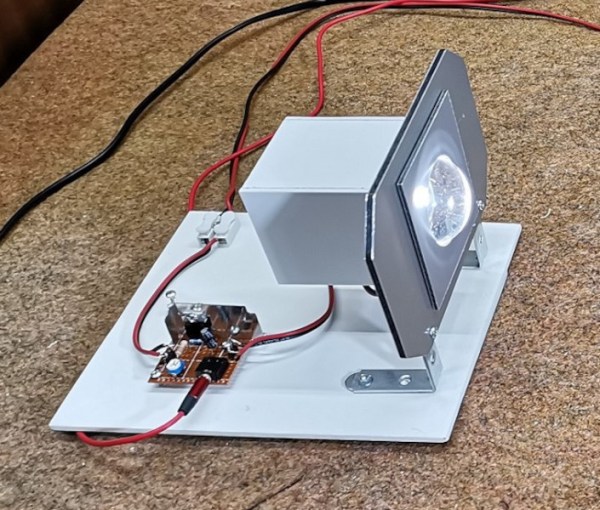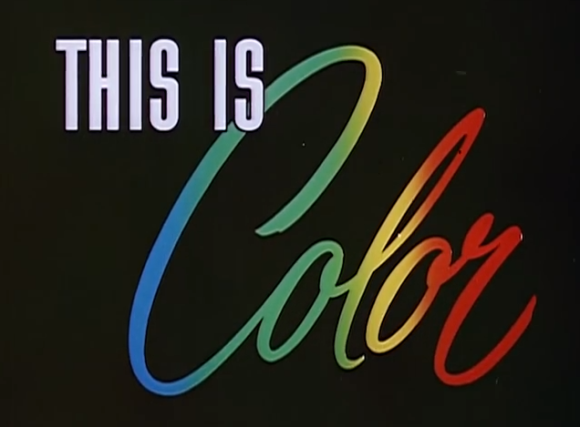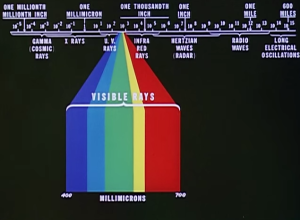When wired networking or data connections can’t be made, for reasons of distance or practicality, various wireless protocols are available to us. Wi-Fi is among the most common, at least as far as networking personal computers is concerned, but other methods such as LoRa or Zigbee are available when data rates are low and distances great. All of these methods share one thing in common, though: their use of radio waves to send data. Using other parts of the electromagnetic spectrum is not out of the question, though, and [mircemk] demonstrates using light as the medium instead of radio.
Although this isn’t a new technology (“Li-Fi” was first introduced in 2011) it’s not one that we see often. It does have a few benefits though, including high rates of data transmission. In this system, [mircemk] is using an LED to send the information and a solar cell as the receiver. The LED is connected to a simple analog modulator circuit, which takes an audio signal as its input and sends the data to the light. The solar cell sends its data, with the help of a capacitor, straight to the aux input on a radio which is used to convert the signal back to audio.
Some of the other perks of a system like this are seen here as well. The audio is clear even as the light source and solar cell are separated at a fairly significant distance, perhaps ten meters or so. This might not seem like a lot compared to Wi-Fi, but another perk shown is that this method can be used within existing lighting systems since the modulation is not detectable by the human eye. Outside of a home or office setting, systems like these can also be used to send data much greater distances as well, as long as the LED is replaced with a laser.


 Chances are, you take color for granted. Whether or not you give it much thought, color is key to distinguishing your surroundings. It helps you identify fire, brown recluse spiders, and the right resistor for the job.
Chances are, you take color for granted. Whether or not you give it much thought, color is key to distinguishing your surroundings. It helps you identify fire, brown recluse spiders, and the right resistor for the job. Each color that makes up the spectrum of visible rays has a particular wavelength. The five principal colors—red, yellow, green, blue, and violet—make possible thousands of shades and hues, but are only a small slice of the electromagnetic spectrum.
Each color that makes up the spectrum of visible rays has a particular wavelength. The five principal colors—red, yellow, green, blue, and violet—make possible thousands of shades and hues, but are only a small slice of the electromagnetic spectrum.









